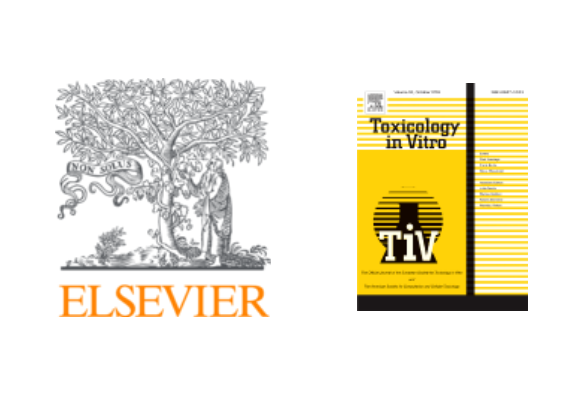First publication on bioenergetic phenotype of HepaRG cells

CDSS scientists lead on the first publication to evaluate the bioenergetics phenotype of HepaRG cells, compared against that of HepG2, in an acute metabolic modification screen for acute mitochondrial dysfunctionscientists
The article, entitled "The utility of HepaRG cells for bioenergetic investigation and detection of drug-induced mitochondrial toxicity" has been published in Toxicology in Vitro.
The bioenergetic phenotyping performed demonstrated that HepaRG cells indeed preserve the properties required for the acute metabolic modification or glu/gal assay (Crabtree Effect) and so can be used for mitochondrial toxicity screening.
However, by evaluating the same set of hepatotoxins in both cell types it was concluded that HepaRG may not offer advantage to HepG2 cells at least in the context of acute, mito-toxicity screening. Instead the HepaRG cells may prove more useful for specific, subsequent investigations, for example when a metabolism-derived or long term toxicity is being investigated, and such cases where HepG2 cells have limited relevance.
Click here to read the article.
This is a follow-up study to a previous publication where the use of this mitochondrial screening strategy in HepG2 cells was described, click here to read the previous article.